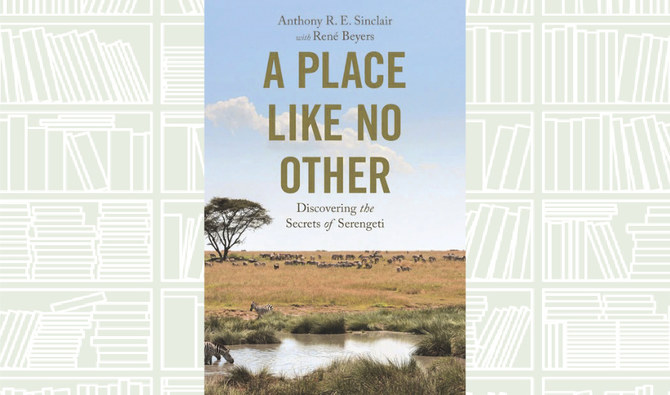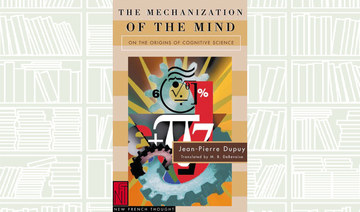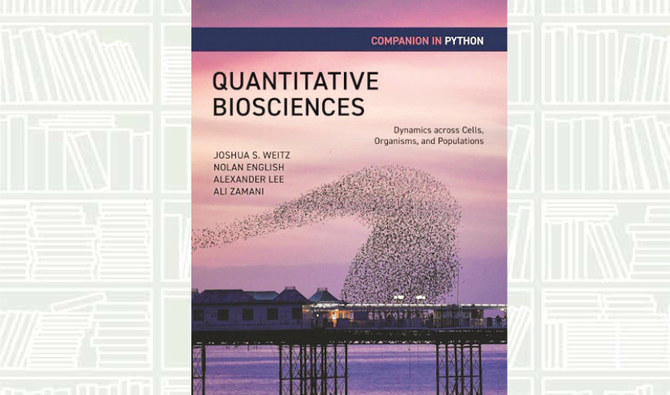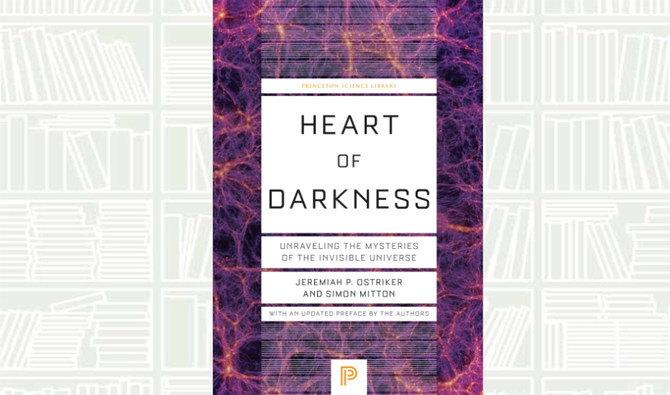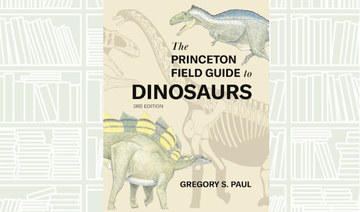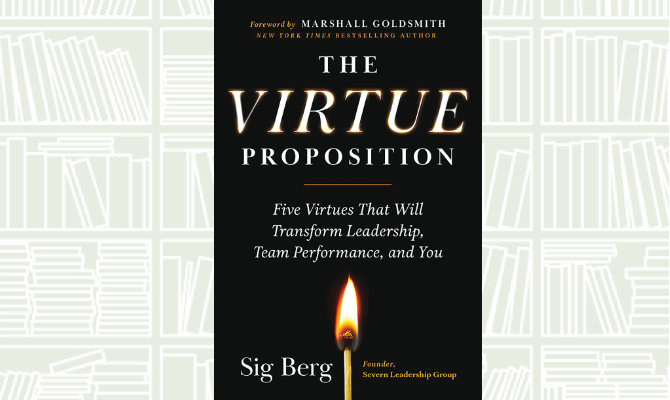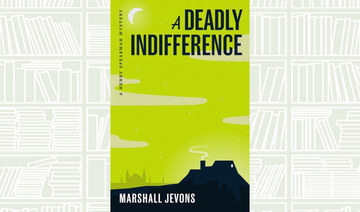With its rich biodiversity, astounding wildlife, and breathtaking animal migrations, Serengeti is like no other ecosystem on the planet. A Place like No Other is Anthony Sinclair’s firsthand account of how he and other scientists discovered the biological principles that regulate life in Serengeti and how they rule all of the natural world.
When Sinclair first began studying this spectacular ecosystem in 1965, a host of questions confronted him. What environmental features make its annual migration possible? What determines the size of animal populations and the stunning diversity of species? What factors enable Serengeti to endure over time? In the five decades that followed, Sinclair and others sought answers. What they learned is that seven principles of regulation govern all natural processes in the Serengeti ecosystem. Sinclair shows how these principles can help us to understand and overcome the challenges facing Serengeti today, and how they can be used to repair damaged habitats throughout the world.



